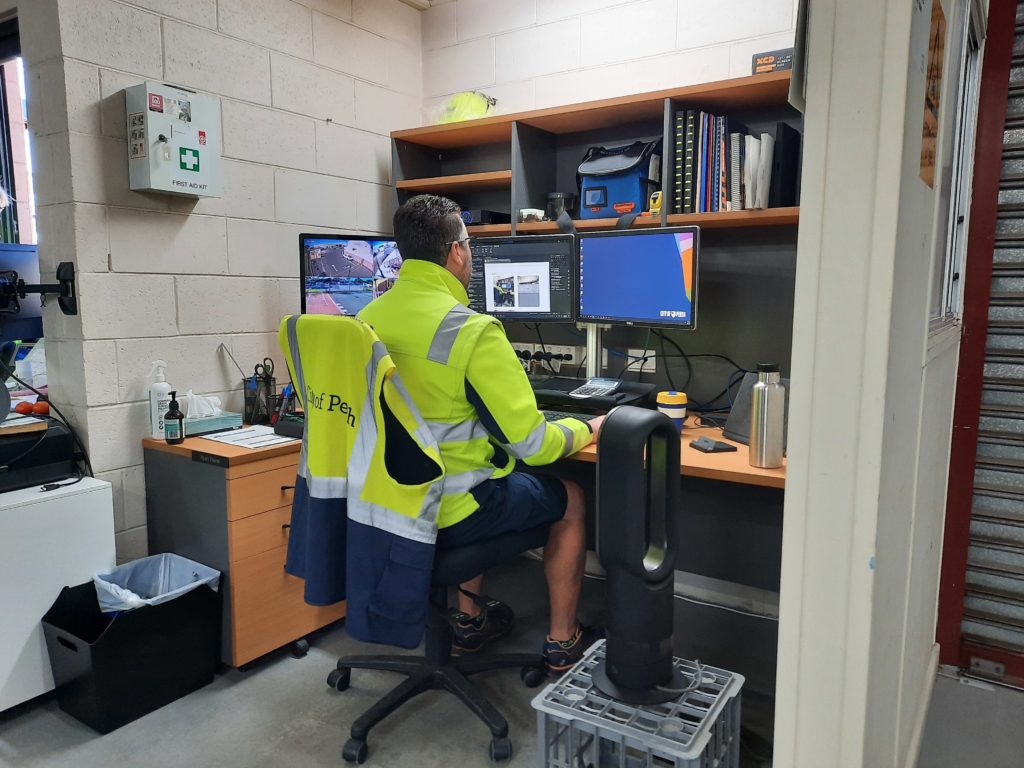How to safely work in heat?
The Work, Health and Safety Act WA (2020) requires local governments (PCBUs) to ensure health and safety, so far as is reasonably practicable, by eliminating hazards and risks.

People Risk Consultant, LGIS
Rhys is a People Risk Consultant at LGIS, responsible for assisting members with meeting their workplace health and safety obligations. His previous roles include safety positions in prisons, private healthcare and local government.

Workers also have a responsibility to take reasonable care of their own health and safety including complying with safety instructions provided by the local government. They also have to follow policies and procedures related to health and safety at a workplace (especially while working in heat).
Outdoor workers, firefighters and those who are more susceptible to heat than others are at maximum risk of getting heat related health issues.
Working under the harsh sun can be fatal. It can also lead to illnesses such as heat exhaustion and heat stroke. Exposure to the sun can cause permanent damage to the skin and eyes. It’s important to remember that sunlight is carcinogenic and causes cancers such as melanoma, basal cell and squamous cell carcinoma.
Heat exhaustion occurs when there is an excessive loss of water and salt from the body, usually through sweating. Signs include feeling dizzy, excessive sweating, cool, pale or clammy skin, nausea or vomiting, and muscle cramps.
Heat stroke happens when the core body temperature rises and the body’s internal system starts to shut down. You can’t sweat and the body is unable to get rid of excess heat, affecting the internal nervous system along with potential damage to organs, and in worst circumstances, death. Signs include throbbing headache, no sweating, red, hot and dry skin, nausea, vomiting and unconsciousness.
Working in the heat can also lead to fatigue, impacting a worker’s physical performance.
The Work, Health and Safety Act WA (2020) requires local governments (PCBUs) to ensure health and safety, so far as is reasonably practicable, by eliminating hazards and risks.
Local governments are subject to strict legal obligations, including those contained within the State Records Act 2000 (WA), to maintain records created or received in the exercise of their functions.
When considering high risk or high hazard assets, it is important to adopt a proactive approach while managing them. Due to resource constraints, property risks are commonly managed in a reactive manner after an incident, near miss, or workplace inspection by a regulator or LGIS.
Members can help their workers manage the risk of working in the heat by addressing the identified hazards:
Top tip
Submerging hands in water above the wrists is a proven method to help the body control temperature when affected by extreme heat. Having a bucket of cold water available to submerge hands has been used for many years as an effective control measure for firefighters during their initial training.
Each month we take your questions to one of our LGIS team members to answer.
If you want to submit a question for next issue, email us at [email protected]

LGIS receives approximately 1,300 claims on average each year; for the past five years, of those the vast majority are common law claims.

A decade’s long partnership between LGIS and the Royal Life Saving Society of WA (RLSSWA) has delivered benefits to the entire WA local government sector – but work still needs to be done to make sure that audit recommendations are actioned to keep aquatic centres safe.

The City of Perth engaged the LGIS injury prevention team
to evaluate workstations of a group of employees at their depot to make sure they were comfortable, safe and less likely to injure themselves.
LGIS is the unifying name for the dedicated suite of risk financing and management services for WA local governments, established by the WA Local Government Association in conjunction with JLT Public Sector (part of the Marsh group of companies). LGIS is managed by JLT Public Sector (ABN 69 009 098 864 AFS Licence 226827).
Risk Matters, via this website, is designed to keep members, their staff and elected members informed on topical risk management and insurance issues and LGIS programs and services.